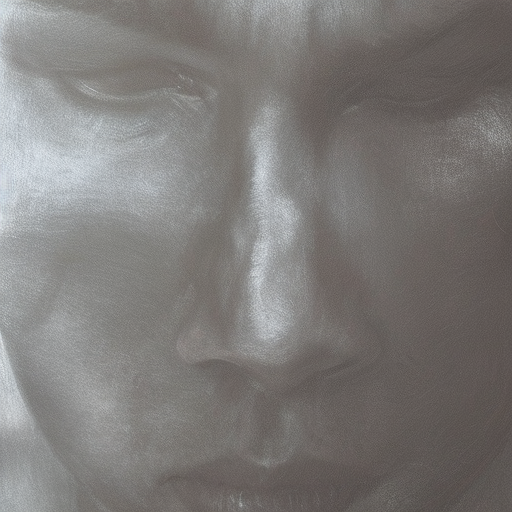Summary: Charcoal drawing is a versatile and expressive art form that involves using charcoal sticks or pencils to create images on paper or other surfaces. It has been used by artists for centuries and offers a wide range of techniques and effects. Charcoal drawings can be realistic or abstract, and the medium allows for bold, dramatic, and textured marks. This summary explores the history, materials, techniques, and famous artists associated with charcoal drawing.
History of Charcoal Drawing
Charcoal drawing has a long history that dates back to prehistoric times when early humans used charred sticks to create images on cave walls. The medium gained popularity during the Renaissance period in Europe, with artists like Leonardo da Vinci and Michelangelo using it for preliminary sketches and studies. In the 19th century, charcoal drawing became a recognized art form in its own right, with artists such as Théodore Géricault and Eugène Delacroix producing highly detailed and expressive charcoal works.
Materials and Techniques
Charcoal drawing requires minimal materials, making it accessible to artists of all levels. The main tools used are charcoal sticks or pencils, which come in various degrees of hardness. Soft charcoal produces darker and more intense marks, while harder charcoal creates lighter and more precise lines. Artists also use different types of paper or specialized charcoal drawing pads that have a rougher texture to enhance the charcoal’s grip.
There are several techniques artists employ to create different effects in charcoal drawing. Blending is a common technique that involves smudging or rubbing the charcoal marks with a blending stump or finger to create smooth transitions and gradients. Cross-hatching and stippling are mark-making techniques that involve layering and overlapping lines or dots to create texture and depth. Erasing or lifting off charcoal with a kneaded eraser or other tools can also be used to create highlights and add dimension to the drawing.
Famous Charcoal Artists
Numerous renowned artists have made significant contributions to the world of charcoal drawing. One of the most notable figures is Kathe Kollwitz, a German artist known for her emotionally charged and socially conscious charcoal works. Her drawings often depicted the struggles of the working class and the horrors of war. Another influential artist is Vincent van Gogh, who used charcoal to create expressive and dynamic sketches as studies for his paintings.
Contemporary artists have also embraced charcoal drawing as a medium for their artistic expression. William Kentridge, a South African artist, combines charcoal drawing with animation to create powerful and thought-provoking works. His charcoal animations explore themes of memory, history, and social justice. Another contemporary artist, Susan Hauptman, is known for her hyper-realistic charcoal portraits that capture the intricate details and emotions of her subjects.
Conclusion
Charcoal drawing is a versatile and expressive art form that has been used by artists for centuries. It offers a wide range of techniques and effects, allowing artists to create realistic or abstract works with bold, dramatic, and textured marks. With minimal materials required, charcoal drawing is accessible to artists of all levels. From the early cave paintings to the works of famous artists like Leonardo da Vinci and Vincent van Gogh, charcoal drawing has left a lasting impact on the art world. Today, contemporary artists continue to push the boundaries of charcoal drawing, creating innovative and captivating works that explore a variety of themes and subjects.












